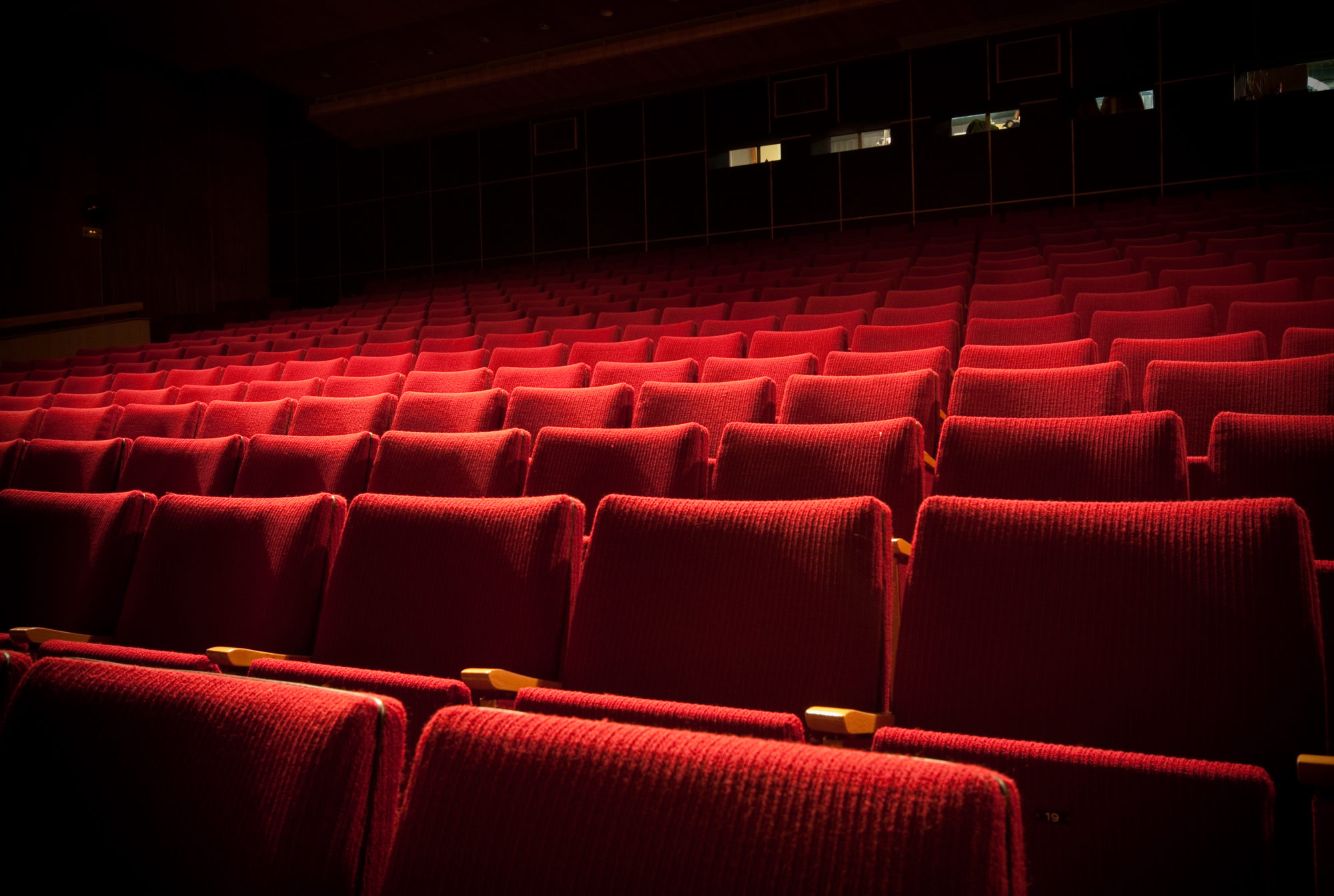News
1 March 2019 / Blogs
Arts centre: Who? What? Why?

Sarah Reynolds is one of last year’s Research Awards recipients. Here she writes about her research into how, and why, and with what results arts centres are bringing theatre and other performing arts to different kinds of communities, and considers their future development.
After working in an arts centre in regional Australia, I was left with some big questions about the model of arts distribution to regional and remote communities. I often heard different opinions about the centre and its role in the community and its value to key stakeholders. These conflicting agendas from stakeholders and the confusion surrounding the role of the centre, was the impetus behind my PhD research at the University of Leeds.
To truly understand arts centres and their role, I decided to conduct research on centres in both Australia and England. An English comparison seemed fitting given it was following WW2 that the Arts Council of Great Britain claimed there was an increased interest in the arts from the public and in response encouraged the establishment of new multi-purpose organisations, arts centres. Since their inception, arts centres have been seen as key urban planning elements, as well as tools for democratisation of culture and cultural democracy. Today, arts centres are still present in both England and Australia, and many regional centres rely on arts centres to provide arts and cultural offerings. Although arts centres are not traditional theatres, they typically contain a space for professional and amateur theatre and are commonly the sole or primary provider of theatre and performing arts in regional communities.
This study aims to explore how regional arts centres are valued and perceived by key stakeholders, including: arts centre staff; funders; volunteers; audiences; local artists; community organisations; touring artists/companies; and the community. By developing an understanding of the role and purpose of regional arts centres, in a historical, social and cultural context, the study will allow an insight into policy expectations and the way the arts centre model provides arts and culture, including theatre, to regional areas in both countries. It will also explore whether the current arts centre model is the most suitable model to distribute the arts, including the nature and effect of theatre, to regional areas in the 21st century.
This research includes a survey of arts centres in both countries and four case study regional arts centres, (two English and two Australian). I am extremely grateful to The Society for Theatre Research and the award granted to me, which allowed me to visit the English case studies and conduct 59 interviews to examine the role of arts centres. These interviews are currently being analysed and collated with 70 interviews from Australian regional arts centres and experts in the field. At this early stage of analysis the disparity of the definition and role of arts centres and the conflicting agendas between interest groups is paramount. However, whether this is a benefit, allowing centres to mould to their communities or a hindrance, to creating a clear brand is yet to be uncovered. Hopefully this research will shed some light on demystifying the role of arts centres.
This research is now at the analysis stage and I would welcome anyone interested in my research to get in touch via pcsmr@leeds.ac.uk